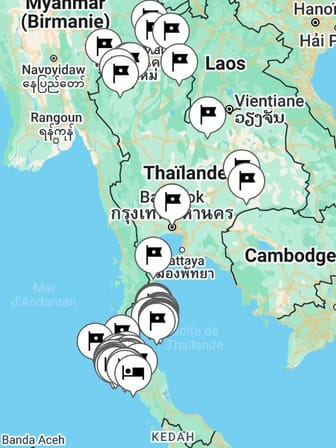Wat Arun

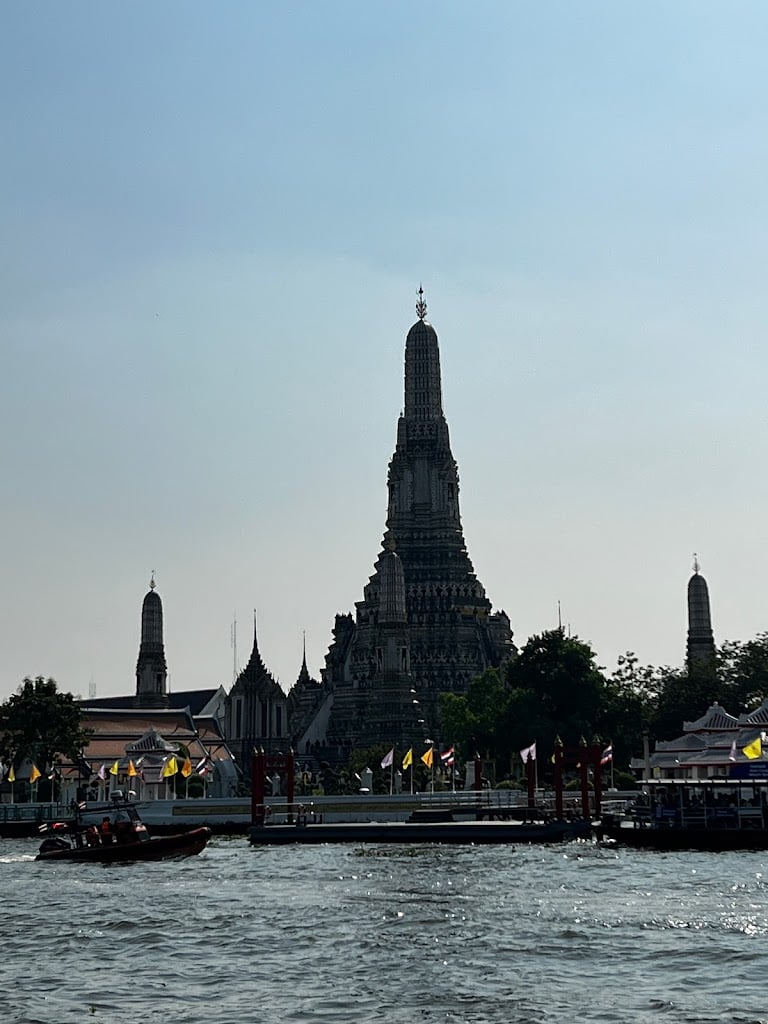
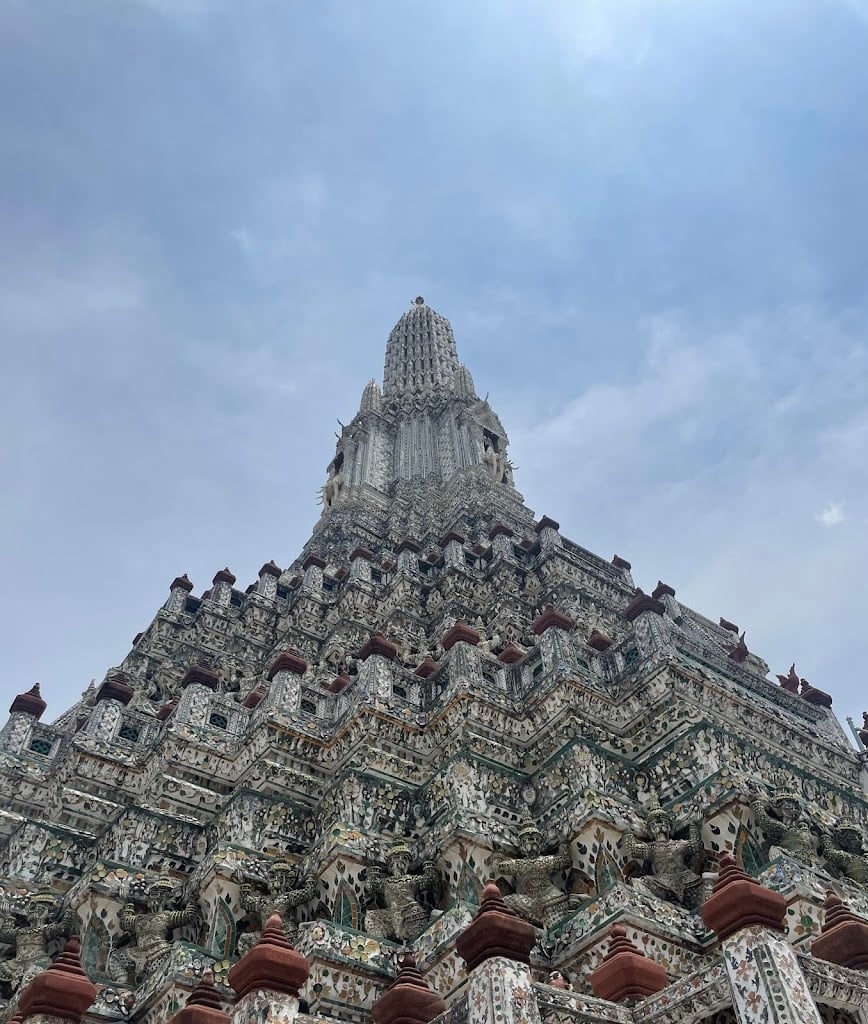
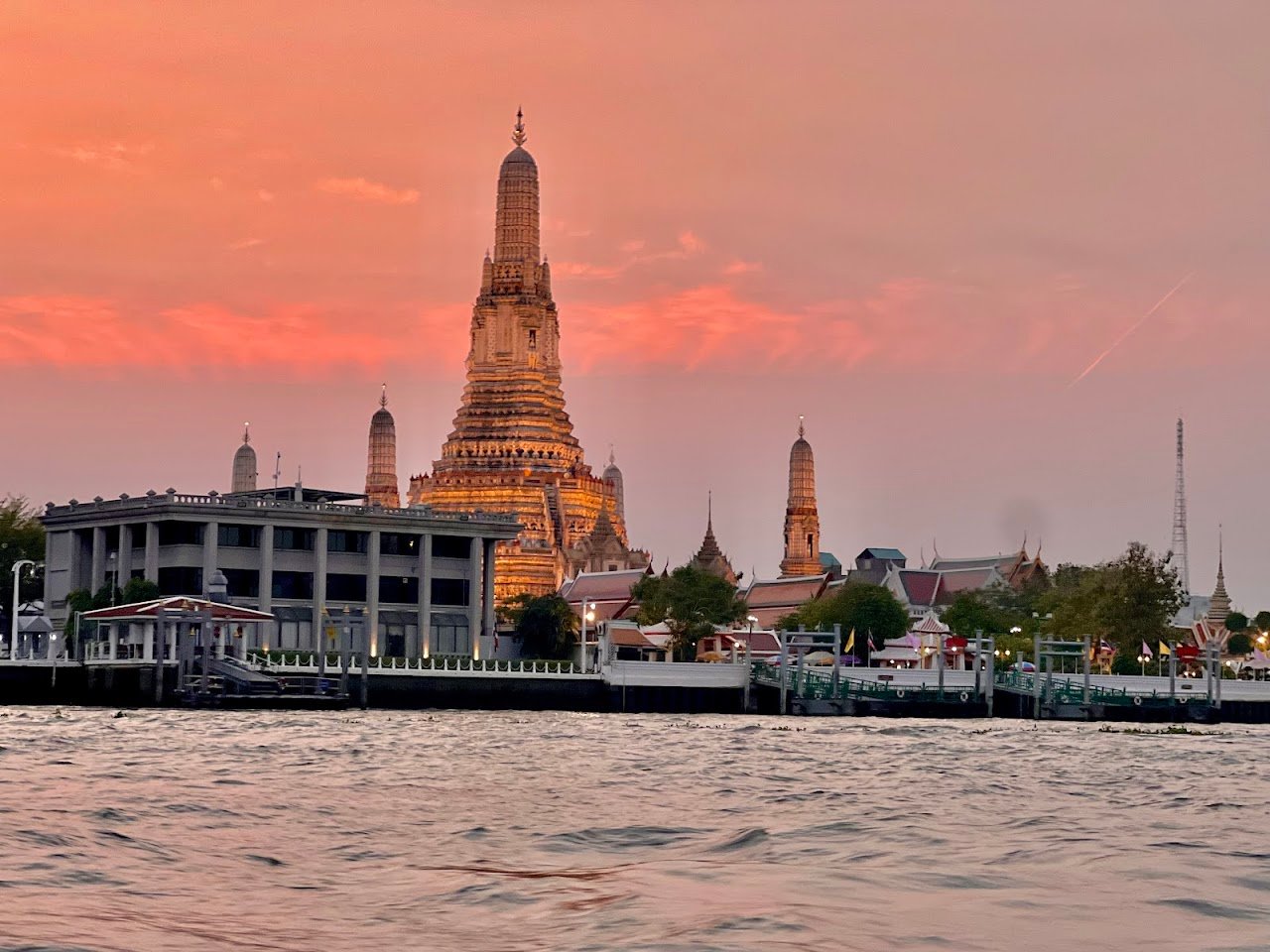
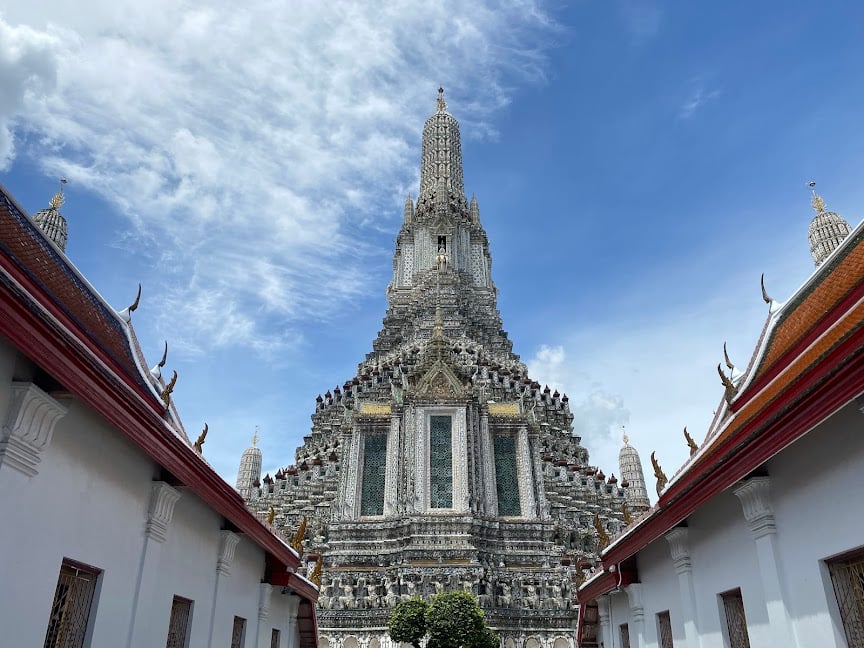
Ask ThatchGPT
Suggest a local expert to plan my trip
Suggest an unique itinerary for my Bangkok trip
What foods do Bangkok locals eat
What are some true hidden gems in Bangkok
Help me brainstorm trip ideas for Bangkok
Help me plan a family-friendly trip to Bangkok
What people say
Pedro Pereira
Available for hire
"Wat Arun Ratchawararam Ratchawaramahawihan, commonly known as Wat Arun or the "Temple of Dawn," is a revered Buddhist temple in Bangkok's Bangkok Yai district. Situated on Thonburi’s west bank of the Chao Phraya River, this iconic landmark derives its name from Aruṇa, the Hindu god personifying the radiance of the rising sun. Despite its history dating back to the Ayutthaya Kingdom, Wat Arun’s distinguishing prang, or central spire, was constructed in the early 19th century during the reigns of Kings Rama II and Rama III. Its striking architectural style, decorated with colorful porcelain and ceramic pieces, has made Wat Arun one of Thailand's most recognized and picturesque sites.
The temple has a storied history, initially known as Wat Bang Makok and later renamed Wat Chaeng by King Taksin, who established it near his capital following the fall of Ayutthaya in 1767. It is said that King Taksin passed the temple at dawn and vowed to restore it, leading to its transformation. The temple was home to the revered Emerald Buddha before its relocation to Wat Phra Kaew in 1785. The central prang, standing between 66.8 and 86 meters, is adorned with intricate designs of porcelain shards and seashells, symbolizing Mount Meru in Hindu-Buddhist cosmology. Figures of ancient soldiers, Chinese deities, and the Hindu god Indra, mounted on the celestial elephant Erawan, add to its spiritual symbolism. Flanking the central prang are four smaller spires, each dedicated to the wind god, Phra Phai, reinforcing the temple’s cosmological symbolism.
Wat Arun has undergone multiple restorations, the latest being from 2013 to 2017, to preserve its intricate details and iconic appearance. During the annual Kathina festival, a royal barge procession sees the king present new robes to the monks, underscoring the temple’s enduring cultural and spiritual significance. Accessible by river, Wat Arun is a popular destination, welcoming visitors to explore its historical artistry and serene riverside pavilions."
Read more in:
Teodora Cvetanoska
Available for hire
"Beautiful mosaics made from colorful porcelain and seashells.
One of the best times to see Wat Arun is at sunset, when the temple’s towers glow as they reflect the golden light of the setting sun. In the evening, the temple is beautifully illuminated, creating a picture-perfect view from across the river."
Read more in:
Sam and Natalia
Available for hire
"Make sure you are wearing culturally appropriate clothing during your visit, otherwise you may be denied access to the temple. It's best to have a top that covers your shoulders and trousers or a long skirt, but if not then you can rent a sarong for a small fee in order to access the temple."
Read more in:
Mentioned in these guides
About Wat Arun
Get the inside scoop on Wat Arun from local experts, travel creators, and tastemakers. Browse genuine trip notes, Wat Arun reviews, photos, travel guides, and itineraries from real travelers and plan your trip with confidence.
Save this spot for later or start mapping out a new trip today
Try our AI Travel Assistant and get instant answers to any questions about your trip.
Ask ThatchGPT

